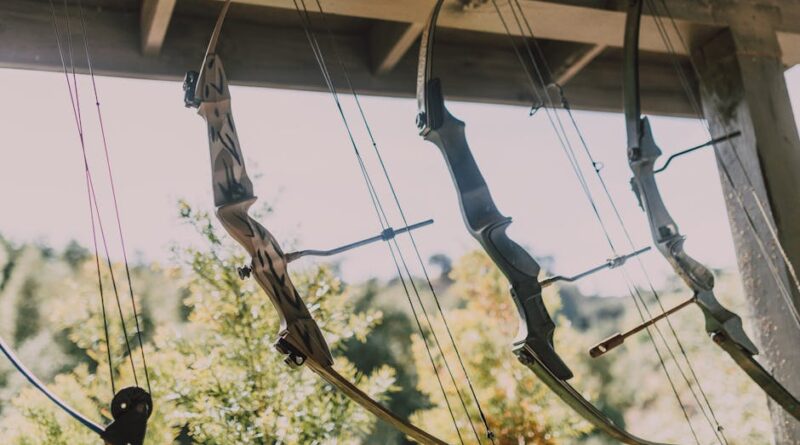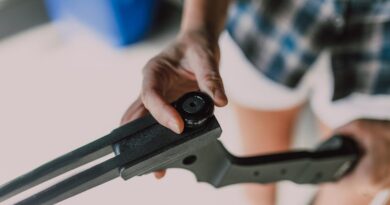Choosing the Right Bow for Hunting Adventures
When it comes to hunting adventures, selecting the right bow can make all the difference between a successful outing and a frustrating experience. Bows have been used for hunting for centuries, evolving from primitive tools to sophisticated pieces of equipment. With the variety of bows available on the market today, choosing the right one can be a daunting task for beginners and seasoned hunters alike. In this comprehensive guide, we will delve into the intricacies of selecting the perfect bow for your hunting adventures, considering factors like bow type, draw weight, draw length, and more. So, let’s embark on this journey to find the ideal bow that will enhance your hunting skills and make your adventures memorable.
The Evolution of Bowhunting

Bowhunting has a rich history that dates back thousands of years. From the early days of using simple wooden bows to the modern era of compound bows and crossbows, the art of bowhunting has evolved significantly. In ancient times, bows were essential tools for survival, used for hunting game for food and clothing. As civilizations progressed, bows became symbols of power and skill, with archers highly regarded in many cultures.
Fast forward to the present day, and bowhunting has become a popular recreational activity for outdoor enthusiasts. Modern bows are designed with advanced materials and technologies, offering improved accuracy, speed, and efficiency. Whether you prefer traditional bows like recurve and longbows or opt for the high-tech precision of compound bows, there is a bow out there to suit every hunter’s preferences and skill level.
Types of Bows
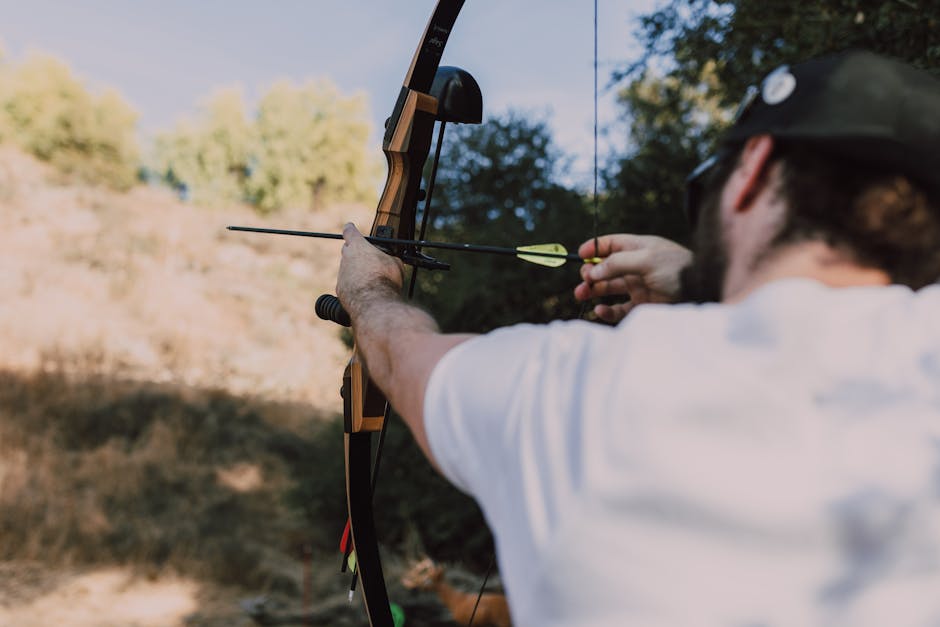
When it comes to choosing a bow for hunting adventures, one of the first decisions you’ll need to make is selecting the type of bow that best suits your hunting style and skill level. There are several types of bows available on the market, each with its own unique characteristics and advantages. Here are some of the most common types of bows used in hunting:
Recurve Bow
The recurve bow is a classic and timeless choice for hunters, known for its elegant design and simplicity. Recurve bows have limbs that curve away from the archer when unstrung, which gives them more power and speed compared to a traditional longbow. These bows are popular among traditional archers and hunters who appreciate the challenge of shooting without the aid of modern accessories like sights and stabilizers.
Compound Bow
The compound bow is a modern marvel of engineering, featuring a system of cables, pulleys, and cams that provide a mechanical advantage to the archer. Compound bows are known for their high accuracy, speed, and let-off, which allows the archer to hold the bow at full draw with less effort. These bows are popular among hunters who value precision and consistency in their shots.
Longbow
The longbow is a simple and traditional bow design that dates back to medieval times. Longbows are characterized by their straight limbs and lack of pulleys or cams, making them challenging to shoot but rewarding for skilled archers. Longbows are popular among archery purists and historical enthusiasts who appreciate the simplicity and elegance of this classic bow design.
Crossbow
The crossbow is a unique type of bow that features a horizontal bow mounted on a stock, allowing the archer to shoot bolts or arrows with increased accuracy and power. Crossbows are popular among hunters who prefer a more rifle-like shooting experience, as they can be cocked and ready to fire with minimal effort. These bows are ideal for hunters with physical limitations or those looking for a different hunting challenge.
Factors to Consider When Choosing a Bow
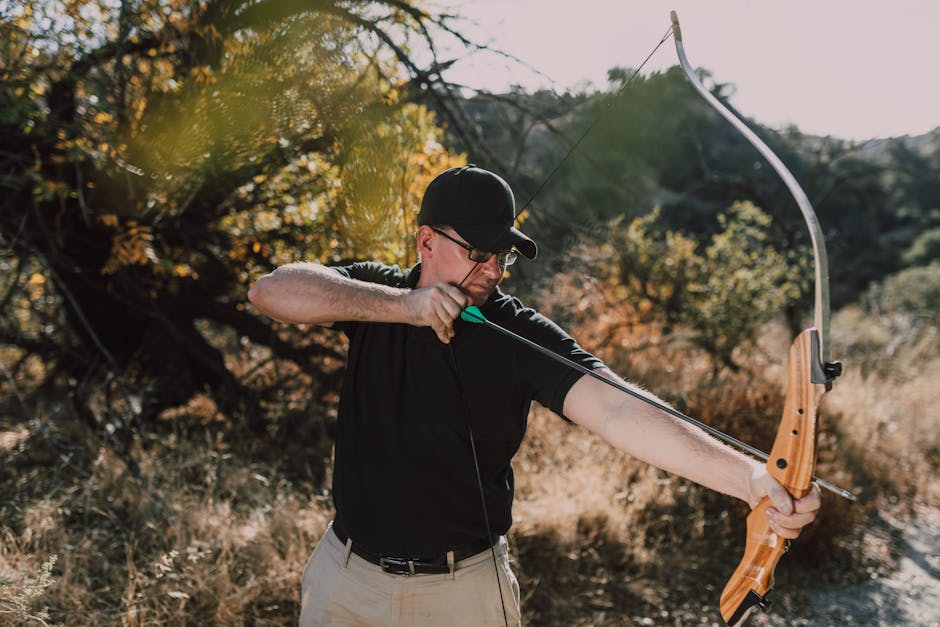
Choosing the right bow for your hunting adventures involves considering several key factors that will impact your shooting experience and overall success in the field. From draw weight and draw length to bow weight and axle-to-axle length, each of these factors plays a crucial role in determining the suitability of a bow for your needs. Let’s explore some of the essential factors to keep in mind when selecting a bow:
Draw Weight
Draw weight refers to the amount of force required to pull back the bowstring to a full draw. A higher draw weight translates to greater arrow speed and kinetic energy, which is essential for hunting larger game. However, it’s important to choose a draw weight that you can comfortably handle and shoot accurately, as excessive draw weight can lead to fatigue and inconsistent shooting.
Draw Length
Draw length is the distance from the nocking point on the string to the deepest part of the grip when the bow is at full draw. Having the correct draw length is crucial for consistent and accurate shooting, as it affects your anchor point and release. Most bows have adjustable draw lengths to accommodate a range of shooters, but it’s essential to find a bow that matches your specific draw length for optimal performance.
Bow Weight
The weight of the bow is another factor to consider, as it can impact your comfort and stability while shooting. Heavier bows tend to be more stable and less affected by wind and hand movement, but they can be tiring to hold for extended periods. Lighter bows are easier to carry and maneuver in the field, making them ideal for hunters who need to hike long distances to their hunting spots.
Axle-to-Axle Length
The axle-to-axle length of a bow is the distance between the two axles that hold the bow’s cams or wheels. A longer axle-to-axle length typically results in a more forgiving and accurate bow, as it provides a larger brace height and reduces string angle at full draw. Shorter bows are more compact and maneuverable, making them ideal for hunting in tight spaces or dense cover.
Let-Off
Let-off refers to the percentage of reduced draw weight that occurs at full draw when using a compound bow. Higher let-off percentages make it easier to hold the bow at full draw for extended periods, reducing fatigue and improving accuracy. However, some hunters prefer lower let-off for a more traditional shooting experience and increased arrow speed.
Speed and Kinetic Energy
Speed and kinetic energy are crucial factors to consider when choosing a bow for hunting. Higher arrow speeds result in flatter trajectories and increased penetration, making them ideal for shooting at longer distances. However, it’s essential to balance speed with kinetic energy, as excessive speed can lead to decreased arrow weight and penetration on impact.
Accessories and Adjustability
Many modern bows come with a variety of accessories like sights, stabilizers, and arrow rests that can enhance your shooting experience. It’s essential to choose a bow that allows for easy customization and adjustment to suit your preferences and shooting style. Look for bows with adjustable draw weights, draw lengths, and let-offs to fine-tune your setup for optimal performance.
Common Misconceptions About Bowhunting
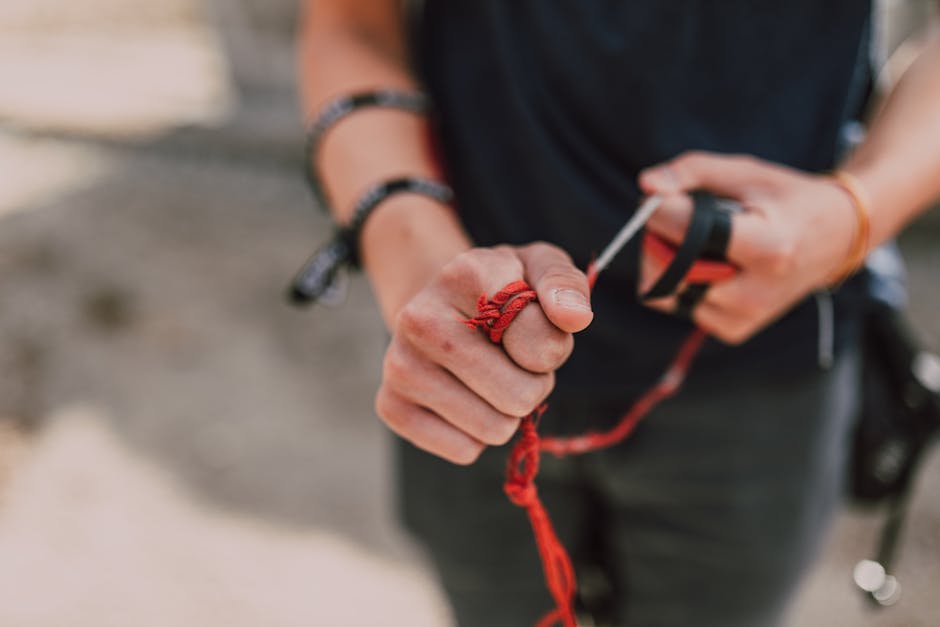
Despite its popularity, bowhunting is often surrounded by myths and misconceptions that can discourage aspiring hunters from taking up the sport. Let’s debunk some common misconceptions about bowhunting to shed light on the reality of this rewarding and challenging activity:
Bowhunting is Inhumane
One of the most persistent myths about bowhunting is that it is inhumane and causes unnecessary suffering to animals. In reality, bowhunting is a highly regulated and ethical practice that prioritizes quick and humane kills. Skilled archers aim for vital organs to ensure a swift and clean kill, minimizing the animal’s suffering.
Bows Are Primitive Weapons
Another misconception is that bows are primitive weapons with limited range and power. Modern bows are highly advanced and capable of shooting accurately at long distances with high kinetic energy. With the right setup and skill, bowhunters can achieve ethical kills on game animals at ranges comparable to firearms.
Bowhunting is Easy
Some people believe that bowhunting is an easy and straightforward activity that requires minimal skill and effort. In reality, bowhunting is a challenging and demanding pursuit that requires patience, practice, and precision. Successful bowhunters must master their equipment, understand animal behavior, and hone their shooting skills to consistently harvest game animals.
Frequently Asked Questions About Choosing the Right Bow
Q: How do I determine my ideal draw weight for bowhunting?
A: Your ideal draw weight for bowhunting depends on factors like your physical strength, shooting ability, and the game you intend to hunt. It’s recommended to start with a lower draw weight and gradually increase as you build your strength and proficiency with the bow.
Q: What is the difference between a recurve bow and a compound bow?
A: Recurve bows have simple designs with curved limbs that provide power and speed, while compound bows feature pulleys and cams that offer mechanical advantages like let-off and increased accuracy.
Q: Do I need a high-speed bow for bowhunting?
A: While high-speed bows offer advantages like flatter trajectories and increased penetration, it’s essential to choose a bow that balances speed with accuracy and kinetic energy for ethical and effective hunting.
To Wrap Things Up
Choosing the right bow for your hunting adventures is a crucial decision that can significantly impact your success and enjoyment in the field. By considering factors like bow type, draw weight, draw length, and accessories, you can select a bow that matches your hunting style and skill level. Whether you prefer the simplicity of a traditional longbow or the precision of a modern compound bow, there is a perfect bow out there waiting for you. So, get out there, practice your shooting skills, and embark on unforgettable hunting adventures with your new bow by your side.

